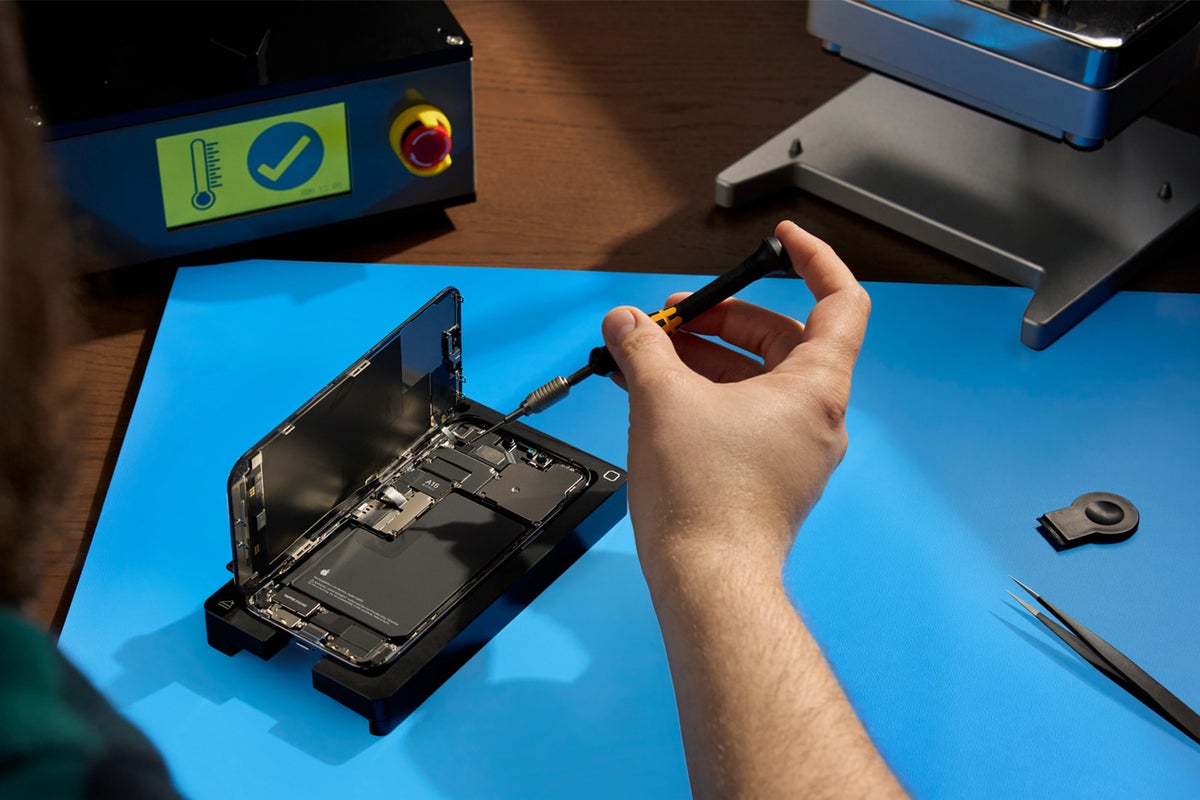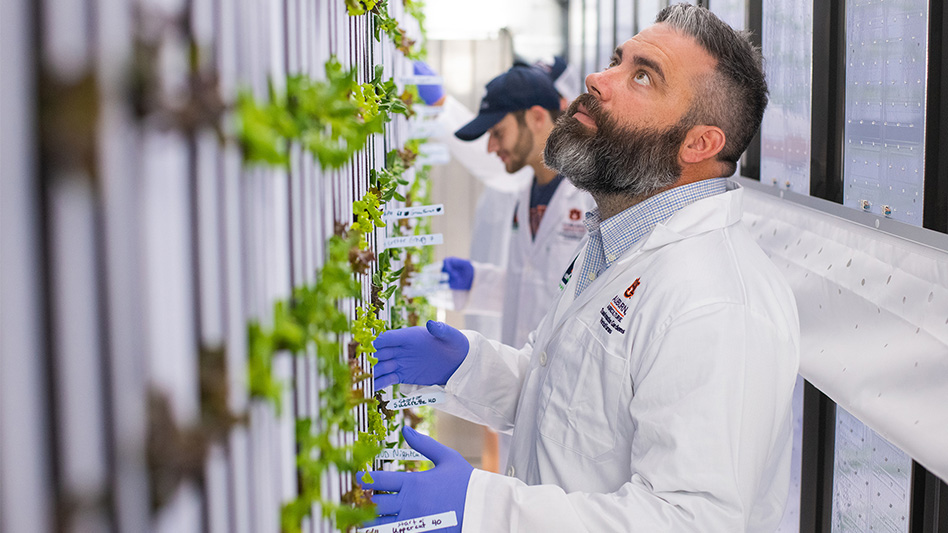We’ve all heard a lot about Apple’s work to build new production bases outside of China. We’ve also heard that some products have been delayed due to supply chain challenges; could these obstacles begin to affect the company’s broader supply chain?
Can Apple get the parts?
Although the first waves of the COVID-19 emergency are over, we are still experiencing supply chain issues. Rising energy costs, economic challenges, exchange rate fluctuations, political tensions – they all create different tensions.
One of these consequences could be that less capacity is available for the production and distribution of spare parts. This appears to be a real problem with reports emerging from Apple’s third-party repair program that access to parts through the schedule has become restricted. a Guardian The report mentions difficulties in obtaining spare parts, warns of high prices and long delays. While the report focuses on independent repair companies competing with Cupertino, and the content of the allegations lean towards an unspoken battle between Apple and independents, the scenario reflects what you would expect from supply chain challenges.
What does Apple do and what effect does it have?
We know that Apple is expanding its manufacturing partnerships. We also know that it is working hard to increase the amount of recycled components in its chains. In addition, there are some relatively notable changes to the existing partnership agreements. For example, Wistron appears to have sold its interest in iPhone manufacturing in India, while Apple’s largest partner, Foxconn, appears to have suffered a slight downgrading as it is no longer solely responsible for manufacturing high-end iPhones. (That’s according to analyst Ming-Chi Kuo).
Considering that components to make repairs on Apple devices have to come from somewhere, would those supply chains have been affected? Could Apple’s attempt to convince repair shops to switch to official Apple components for repair have contributed to a supply-and-demand challenge? Have companies that once made cheap replacements see their markets shrink and give up on that trade?
What about supply and demand?
There is a second set of challenges that can affect component availability: second-user device trading. Recent data shows that Apple is eating up the second-user smartphone market. The devices retain their value, last many years longer than competing devices, and given the new sales records the company has set over the past two to three years, there are likely to be fewer devices available for cannibalization and recycling than before.
That’s a particular problem for some of the high-end components in the most recent devices. Since we saw iPhone delivery slow as China shut down, would some of the most advanced components, such as those used in Digital Island sensors, be incredibly scarce? It seems likely, and within that context, it may not just be third-party repair shops that can’t get the parts.
Demand seems to be increasing
One final trend that may be impacting is the acceleration of switching from Android to iPhone. A CIRP report claims that Apple is attracting more Android switchers than in the past five years based on new iPhone sales. If we accept that many Android users do not immediately migrate to a new device, but dive into the second user market to get their iFix, that trend also promotes the reduced availability of older devices.
While Apple doesn’t make it easy to take old devices apart to use for spare parts, it does offer recycling programs, and if people keep devices longer, they won’t be recycled any time soon. Which means Apple can’t authorize their components for use once they’re broken.
Or is all this just a signal of change?
Apple has arguably never been much of a fan of independent repairs, so it’s easy to believe this limits component availability. But it also seems possible that a combination of challenges is preventing Apple’s own supply chain from accessing those parts. This lack of availability may have contributed to the delayed delivery of some Macs, iPhones, and iPads in recent years, as the company directed available components to the items it felt most important to make at the time.
But it’s also possible to think that these component supply jitters reflect the challenges of a supply system that inevitably comes under strain as it reconfigures for a new global reality.
Please follow me on Mastodon, or join me at AppleHolic’s bar & grill and Apple Discussions groups on MeWe














